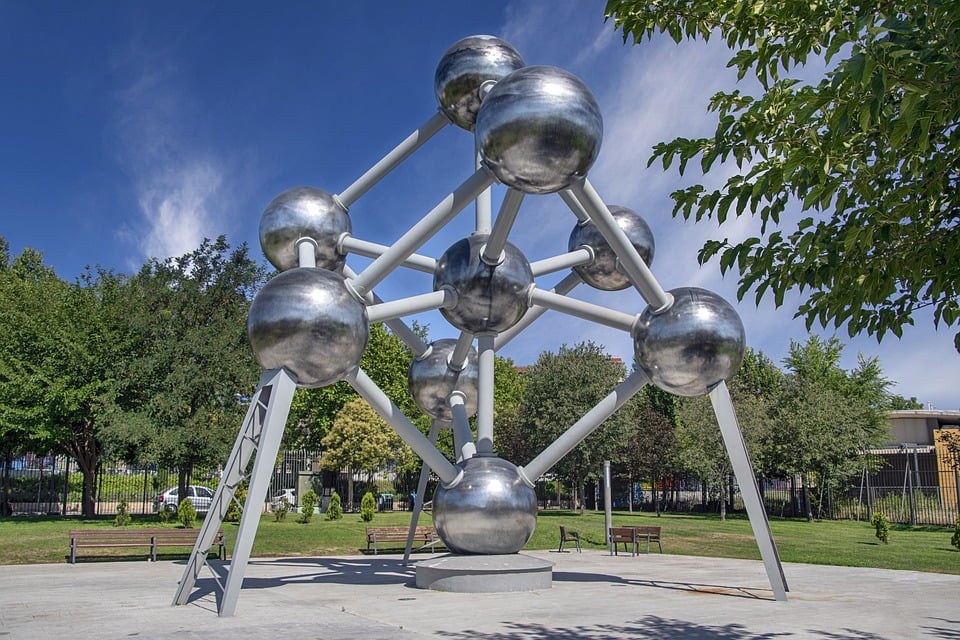[ad_1]
Canoe Camping On 10,000 Islands, The Everglades
The finest way to experience the serenity and beauty of the Everglades – which is both desolate and lush, tropical yet foreboding is by canoing or kayaking through the excellent network of waterways that skirt the northwest portion of the park. The 10,000 islands consist of many (but not really 10,000) tiny islands and a mangrove swamp that hug the southwestern most border of Florida. The Wilderness Waterway, a 99 mile path between Everglades City and Flamingo, is the longest canoe trail in the area, but there are shorter trails near Flamingo.
Most islands are fringed by narrow beaches with sugar-white beaches, but note that the water is brackish, not clear, and very shallow most of the time. It’s not Tahiti, but it’s fascinating. The best part is that you can camp on your own island for up to a week.
Getting around the 10,000 islands is pretty straightforward if you religiously adhere to NOAA tide and nautical charts. Going against the tides is the fastest way to make it a miserable trip. The Gulf Cost Visitor Center sells nautical charts and gives out free tidal charts. You can also purchase charts prior to your visit – call 305-247-1216 and ask for chart Nos 11430, 11432 and 11433.
Parrot Jungle Island, Miami
Parrot Jungle (305-666-7834; 1111 Parrot Jungle Trail, off I-396/MacArthur Causeway; adult/child $24.95/19.95; 10am-6pm) has been a kitschy attraction since 1936, but since a 2003 move to the much0more accessible spit of land between South Beach and downtown Miami, it’s become a much sleeker spot to visit.
Its new 18-acre waterfront facility, planted and lushly landscaped with a minimum of pesticides and solidified with 27,000 tons of structural fill, is now the proud home of parrots, macaws, flamingos and cockatoos in endless varieties, some caged but many flying in outdoor aviaries that simulate their natural environments.You can watch the birds, talk to them and feed them, or set back and let them entertain you at one of the stage areas (where trained birds chat with and, unfortunately, dance for audiences).
Other creatures have include snakes, crocodiles, gibbons and orangutans, creating a mini-zoo that kids especially enjoy. The walkways are covered (from both rain and bird poop), and indoor dining, game and shopping areas provide plenty of shelter from storms. Parking is available for $6.
Everglades National Park, The Everglades
The only subtropical preserve in North America, this park is filled with quite an impressive array of environments and creatures: temperate and tropical plants, marine life and wading birds. Plus, it’s the only place on earth where alligators (who prefer freshwater) live side by side. The parks’ three entrance allow you to choose the type of experience you’d like to have whether it’s hiking to the end of a wooden overlook to watch the sunset, cycling along side swampy float lands or kayaking from island to island until you find the best place to set up camp for the night.
There are three main entrances into the park – one along the southeast edge near Honestead and Florida City (Ernest Coe), one at the central-north side on the Tamiami Trail (Shark Valley) and a third at the lovely northwest shore (Gulf Coast), past Everglades City. From the Coe entrance, follow Hwy 9336 to Flamingo, a visitor’s area offering everything from boat tours to a lodge and restaurant. Shark Valley is where you’ll find the convenient tram tour, while the Gulf Coast region is the least developed and geared toward campers and kayakers.
Author : Kenneth Ng
[ad_2]
Source by Kenneth Ng




